Can a Lounger familiar with Reflect confirm something for me, please. Just got around to doing another image (way overdue, I blush to admit). 2 questions:
1. I selected “Create an image of the partition/s required to backup/restore Windows” instead of “Image all local drives on this computer”. The backup took 42 minutes (my data is on the C drive, too, unfortunately) and the report did say it did a “full” image and all of C drive was backed up. Am I okay or should I redo the image, selecting the “all local drives” instead. If screenshots would help, I’ll happily post what’s needed.
2. If I’ve done it correctly, do I need to restore from this image to test it? I did that with the first one I made, but absolutely dread the task as it adds hugely to stress levels!!!
Thanks for any advice,
Linda, the nervous Imager :huh:




